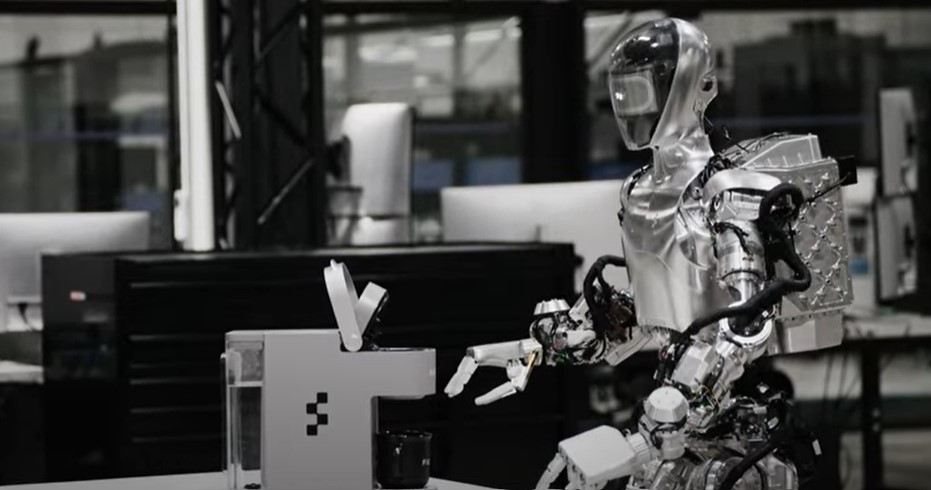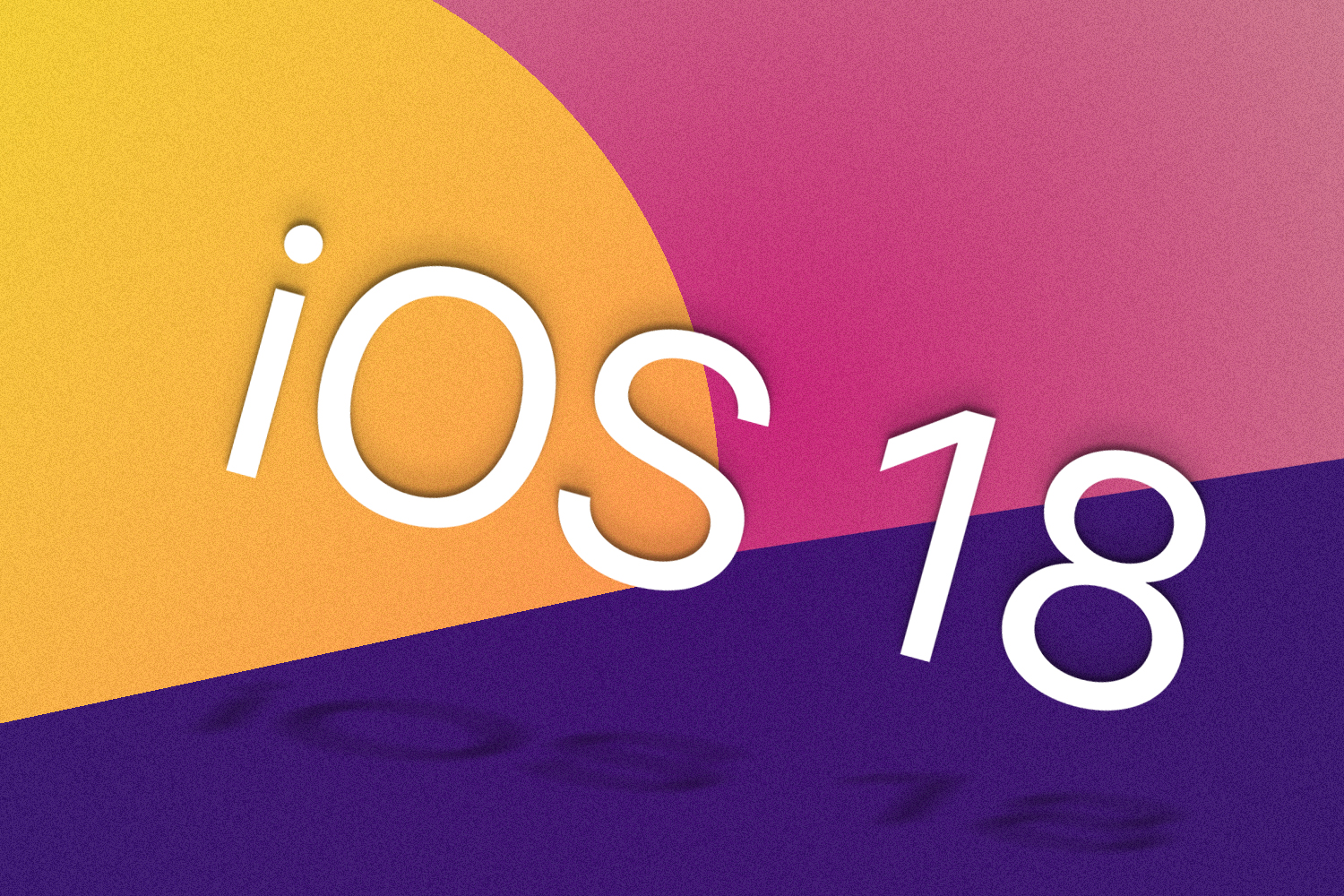OpenAI's O1 Preview: A New Era in AI Reasoning
OpenAI has recently unveiled its latest AI model series, known as O1, which includes the O1-preview and O1-mini models. This new development marks a significant advancement in the field of artificial intelligence, particularly in the areas of reasoning and problem-solving. The O1 models are designed to enhance the capabilities of AI by allowing it to engage in deeper cognitive processes before generating responses, thereby improving the quality and accuracy of its outputs.
Key Features of O1 Models
Enhanced Reasoning Capabilities: The O1 models are engineered to spend more time analyzing queries, which allows them to provide more thoughtful and accurate responses. This is particularly beneficial for complex tasks in science, math, and coding.
Self-Fact-Checking: One of the standout features of the O1 model is its ability to fact-check its own responses. This self-correcting mechanism is a significant leap forward in AI technology, as it aims to reduce the incidence of incorrect answers that have plagued previous models.
Gradual Rollout: OpenAI has indicated that the O1 models will be gradually made available to users, with regular updates expected to enhance their functionality over time. This phased approach allows for real-time feedback and improvements based on user experiences.
Integration with GitHub Copilot: The O1-preview model is already being tested within GitHub Copilot, a tool designed to assist developers in writing code. Initial tests have shown promising results, particularly in code analysis and debugging tasks.
Performance Benchmarks: Early assessments of the O1 model have shown impressive scores on benchmarks related to human intelligence and coding skills. However, it is important to note that the model may still produce incorrect answers at times, highlighting the ongoing challenges in AI development.
Recent Developments and News Coverage
The announcement of the O1 models has generated significant media attention, with numerous articles highlighting their capabilities and potential applications. Here are some notable pieces of coverage:
OpenAI's Official Announcement: OpenAI's own website provides a comprehensive overview of the O1 models, detailing their design philosophy and intended use cases. The announcement emphasizes the importance of safety and responsibility in AI development.
Ars Technica: This publication reported on the rollout of the O1-preview and O1-mini models, noting that OpenAI plans to continue enhancing these models alongside its existing GPT series. The article highlights the potential for these models to tackle more complex reasoning tasks.
CNN: In a recent article, CNN discussed the implications of the O1 model's reasoning capabilities, emphasizing its potential to revolutionize how AI interacts with users. The piece also touched on the expected updates and improvements that will follow the initial release.
TechCrunch: This outlet focused on the self-fact-checking feature of the O1 model, describing it as a groundbreaking advancement in AI technology. The article also mentioned the model's slower response times compared to previous iterations, which is a trade-off for its enhanced reasoning capabilities.
The Verge: Reporting on GitHub's integration of the O1-preview model, The Verge highlighted the initial testing results, which showed that the model could significantly improve coding tasks. This integration is seen as a major step forward for developers seeking more intelligent coding assistance.
Bloomberg: Bloomberg's coverage emphasized the broader implications of the O1 models for the AI industry, noting that they represent a significant leap in AI reasoning and problem-solving capabilities. The article also discussed OpenAI's ongoing efforts to secure funding for further development.

Implications for the Future of AI
The introduction of the O1 models is poised to have a profound impact on various sectors, including education, software development, and scientific research. By enabling AI to engage in more complex reasoning, OpenAI is setting the stage for applications that require a deeper understanding of context and nuance.
Potential Applications
Education: The O1 models could be utilized in educational tools that require advanced reasoning, such as tutoring systems that help students solve complex math problems or understand scientific concepts.
Software Development: As demonstrated by its integration with GitHub Copilot, the O1 model can assist developers in writing and debugging code, potentially leading to more efficient software development processes.
Scientific Research: Researchers could leverage the O1 models to analyze data and generate hypotheses, making it easier to tackle complex scientific questions.

OpenAI's O1 models represent a significant advancement in the field of artificial intelligence, particularly in the realm of reasoning and problem-solving. With features like self-fact-checking and enhanced cognitive capabilities, these models are set to transform how AI interacts with users across various domains. As OpenAI continues to refine and expand the capabilities of the O1 series, the potential applications and implications for the future of AI are vast and exciting.
For more information, you can visit the official OpenAI O1 Hub here.





